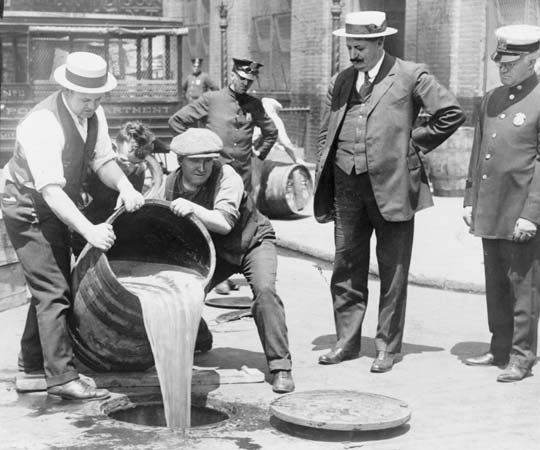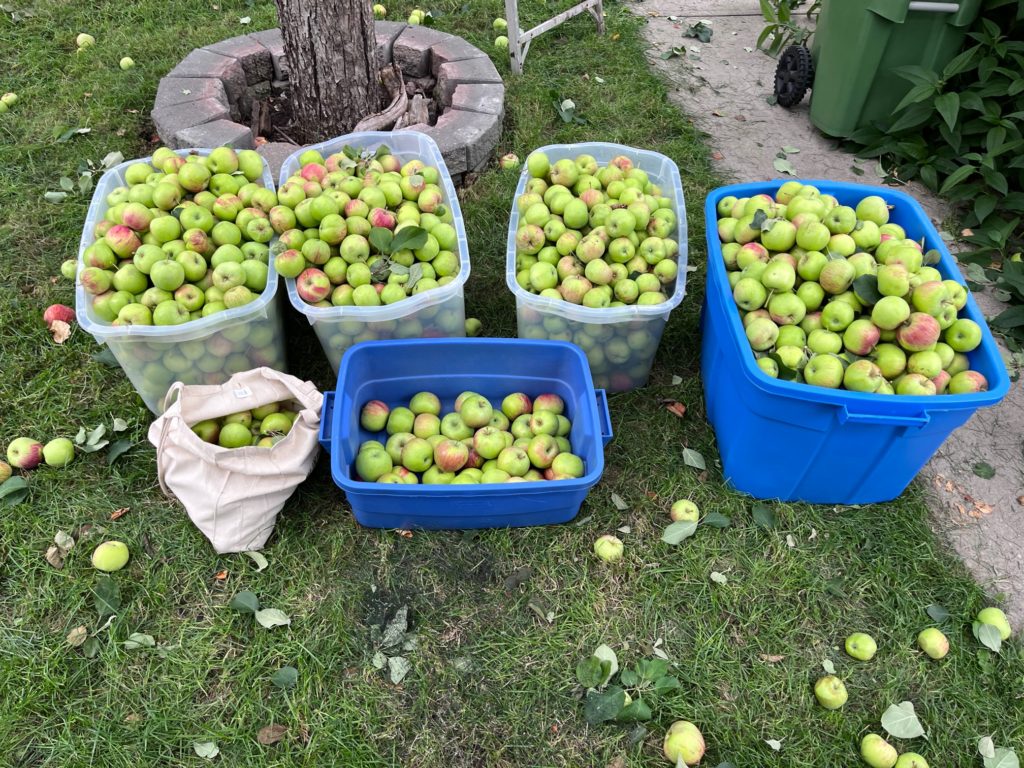Onbeer has been a rather quiet place in the past year or two. I hope to change that this fall, with a return to semi-regular posts. Starting with this post.
Over the past couple years my day job and other personal events have kept me busy attending to non-beer matters. In particular I have done a lot of writing during my work day (two non-beer-related books, a couple research reports, some book chapters, a handful of academic journal articles plus other miscellany) and found I simply didn’t have the energy in the evening to create a 1,000 word analysis of the latest development in the beer industry. So, the website flagged.
However, I have decided to adopt a new strategy. I am going to return to a mix of shorter pieces that offer up a quick hit of something interesting and more infrequent longer analytical posts that require more thought, research and energy. The shorter pieces won’t have the same readership level, but my theory is that it will keep me feeling fresher about the website. Banging out a quick 300 words is not as daunting, and it might get my energy levels up to tackle those longer posts I have been wanting to do. We’ll see if it works.
But if I have made you come here today, I want you to come away with more than just a fluffy announcement of things to come. So I thought I would recount some recent homebrewing misadventures; what I am calling my Summer of Brewing Tragedies.
It started in July. A late June brew day had gone well and I was sitting with batches of a Witbier and an American Amber Ale ready to keg. One night just before a vacation trip, I decided to keg up the Witbier. All went fine. The beer tasted fantastic going in the keg. I did my usual line checks to make sure there wasn’t a C02 leak (lesson learned from a previous mishap), put the keg in the fridge (which is located in the shower stall of the basement bathroom), set the C02 to carbonate, and went to bed.

The next afternoon I go to the fridge to shake the keg (to facilitate absorption of carbon dioxide) and the keg is strangely very, very light. In fact it is empty. Every drop of the Witbier had somehow escaped the keg and disappeared. My C02 tank was also empty. The best I can work out is that the valve on the outpost was ever so slightly open, but not enough for me to observe initially, and overnight the carbon dioxide slowly pushed the beer out drop by drop. It seeped out of the fridge door and down the shower drain. An entire batch lost! Tragedy #1.
A few days later, just as we were heading out on a short camping trip, I dry hopped my American Amber with a plan to keg it upon our return. At that point, the Amber was tasting great and just needed that extra hop punch to finish it off. Upon our return, I dutifully keg it (triple checking that there wasn’t a keg leak), and we head off for another couple weeks in B.C.
Upon my return, with anticipation I pour a pint, take a sip, and am taken aback by a slight tartness and band-aid note. I know immediately the beer was infected – the first infected beer I have made in many years. It is possible there was something lurking in the keg, but I don’t think so (I had disassembled it and sanitized all the rings, fittings, etc.). The most likely culprit was the dry hopping. The flavour was off enough I couldn’t bare to serve it to anyone, so I dumped it. Tragedy #2.

The fermentation gods were not done messing with me yet. We have a prolific apple tree in our backyard and I and some neighbours every year participate in a cider pressing bee to process everyone’s apples. So each year I get to brew up a batch of hard cider from a blend of neighbourhood apples. In late August we were headed out for another trip, this time to the east coast for a couple weeks. Our tree was bursting with apples. They needed to be harvested, but I didn’t have time to process them myself and the organizer of our community cider pressing bee was in Germany for another few days. I decided to pick them and store them in a coldish room at the community hall (with permission) thinking he could grab them for the bee. Alas, the planned bee was delayed and by the time he got to them they had been sitting there more than two weeks and were rotting. He had to compost the entire harvest. No batch of apple cider for me this year. Tragedy #3.
But wait, there’s more! Before leaving for the east coast, I wanted to keg my most recent beer – a Porter and a Belgian Pale Ale – so they would be ready upon our return. I begin to work through my sanitation procedures, which includes slightly pressurizing the keg with sanitizer in it to push the sanitizer through the tubes and lines. Pretty standard stuff. Except I notice a pool of liquid forming underneath one of the kegs. Very odd. But, given my previous misadventures, I immediately stop what I am doing and investigate. I can’t see anything wrong. So I empty the keg, wipe up the liquid (which was clearly sanitizer) , partially refill the keg with water and pressurize it. Within seconds I start to see a slow drip of water coming from the bottom of the keg. There is a pinprick hole in the rubber base, but clearly it must also pierce the stainless steel, although I can’t see anything at the bottom of the keg. This turn of events is utterly inexplicable to me. I have no clue how I got a hole in a stainless steel keg. But there can be no denying the existence of the leak. I am only thankful I spotted it BEFORE I put beer in the keg. Near tragedy #4.
As summer has turned to fall, I seem to have left my summer of brewing tragedies behind me. The porter and Belgian pale ale have been pouring without incident and both are quite good and I have another brew day scheduled this month.
This is one summer movie I never want to see a sequel to.


Leave a Reply